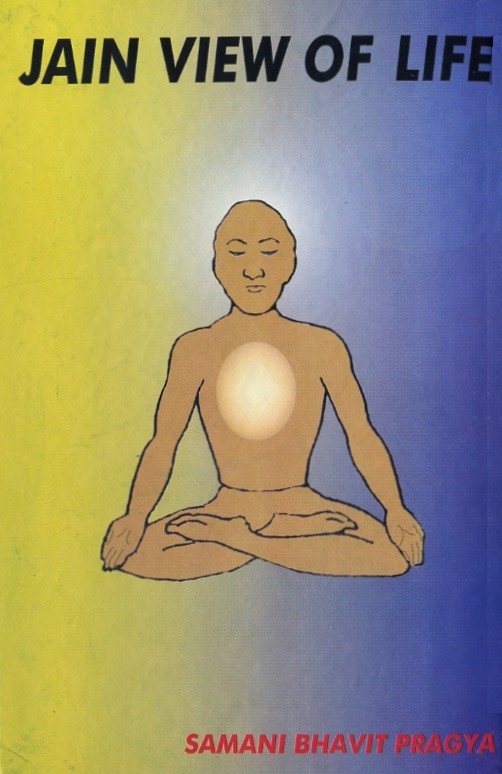Dirgha Shvasa Pranayama
Posture:
Select the simple cross legged posture (sukhasana), the full-lotus posture (padmasana), or the diamond posture (vajrasana) in which you can sit easily and comfortably. Keep the spine and head erect.
Process:
Inhale and exhale in very slow, deep, and rhythmic breaths. Be aware of each and every breath. For subtle and prolonged breathing, concentrate your consciousness on the bronchial tubes and the vocal cords. Let the respiration touch the larynx while inhaling and exhaling. This practice of slow inhalation and exhalation is known as Dirgha-Shvasa.
Five conditions occur in respiration - the pressure of breath, coolness and hotness of breath, vibrations of breath, movement (motion) of breath, and lastly, let the breath touch on the path of respiration. In observing these five conditions, concentrate your conscious mind on any of them. This develops the efficiency of the conscious mind.
Time:
Dirgha-Shvasa can be practiced at any time of the day as desired.
Benefits:
Dirgha-Shvasa makes the mind steadfast and energetic. It also helps in accumulation of energy, purification of the blood, and concentration of the mind. It is very beneficial in depression, anxiety, hypertension, and cardiac problems.
 Samani Bhavit Pragya
Samani Bhavit Pragya

